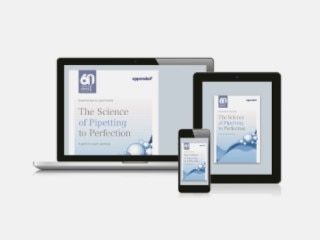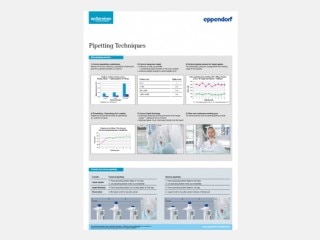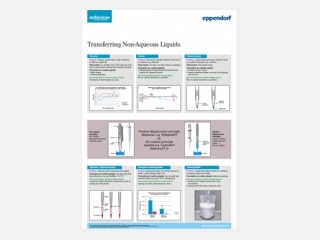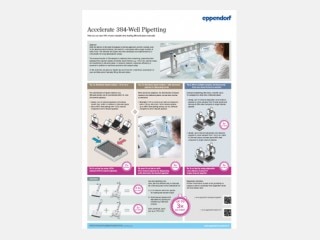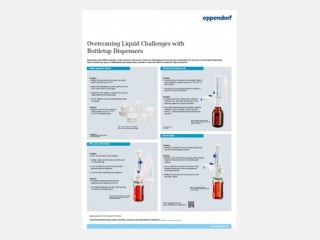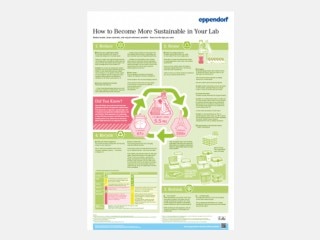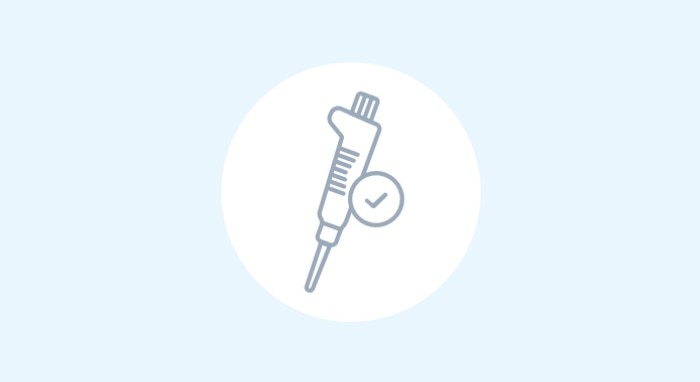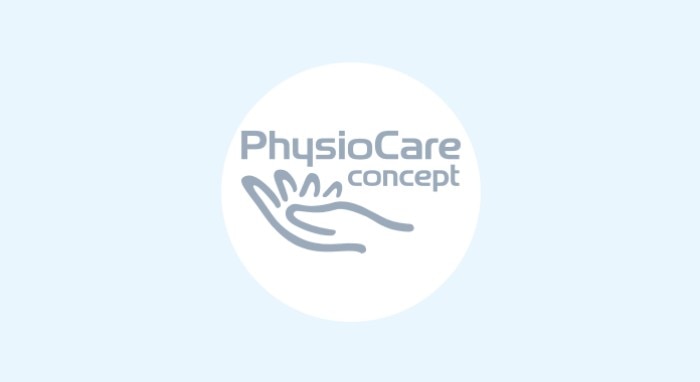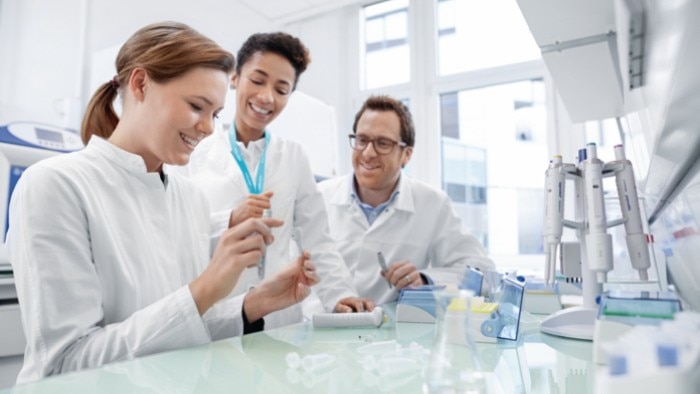-
- All Centrifuges
- Benchtop Centrifuges
- Floor-Standing Centrifuges
- Refrigerated Centrifuges
- Microcentrifuges
- Multipurpose Centrifuges
- High-Speed Centrifuges
- Ultracentrifuges
- Concentrator
- IVD Products
- High-Speed and Ultracentrifuge Consumables
- Centrifuge Tubes
- Centrifuge Plates
- Device Management Software
- Sample and Information Management
-
- All Pipettes, Dispensers & Automated Liquid Handlers
- Mechanical Pipettes
- Electronic Pipettes
- Multi-Channel Pipettes
- Positive Displacement Pipettes & Dispensers
- Pipette Tips
- Bottle-Top Dispensers
- Pipette Controllers
- Dispenser & Pipette Accessories
- Automated Pipetting
- Automation Consumables
- Automation Accessories
- Liquid Handler & Pipette Services
- Home
- Products
- Liquid Handling
- All Pipettes, Dispensers & Automated Liquid Handlers
All Pipettes, Dispensers & Automated Liquid Handlers
Categories
- All Pipettes, Dispensers & Automated Liquid Handlers
- Mechanical Pipettes
- Electronic Pipettes
- Multi-Channel Pipettes
- Positive Displacement Pipettes & Dispensers
- Pipette Tips
- Bottle-Top Dispensers
- Pipette Controllers
- Dispenser & Pipette Accessories
- Automated Pipetting
- Automation Consumables
- Automation Accessories
- Liquid Handler & Pipette Services
Filter
Reset allIf you have any questions or would like to contact us, please visit the Support Center.
ergonomic design that simply feels good.
Below, browse our liquid handling range – including different types of micropipettes, dispensers, and advanced automated systems – and learn what these instruments can do for your lab.
Read more
Why choose an Eppendorf pipette?
Which lab pipette should you use?
How much does a pipette cost?
Why choose an Eppendorf pipette?
Our pipettes (also known as Eppendorf pipets, pipettors, and micropipettes) are essential items in labs around the world. We’ve been at the forefront of liquid handling technology for over 60 years, providing labs with accurate, reliable, and efficient pipettes. Our expertise in liquid handling helps us drive continuous innovation, developing instruments with award-winning ergonomic designs, cutting-edge production, and dependable high-quality materials.
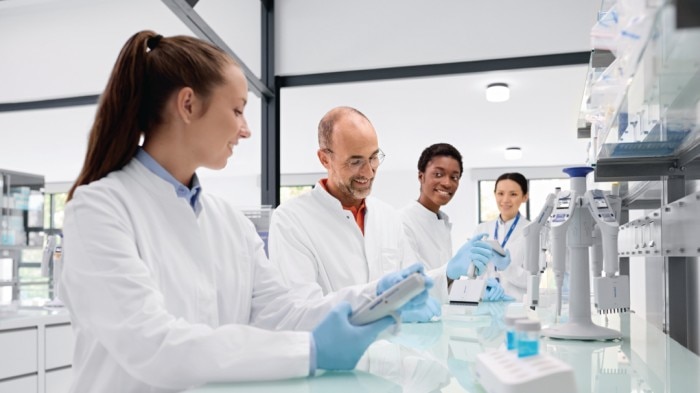
Which lab pipette should you use?
Read more
Air-cushion principle vs. positive displacement principle
Air-cushion principle
Read more
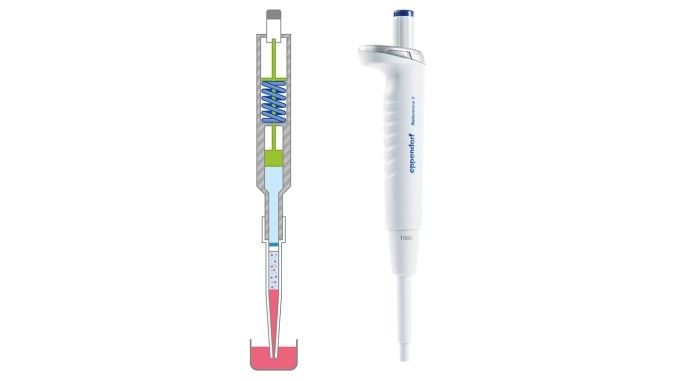
Read more
Positive displacement principle
Read more

Read more
Should you choose a single-channel or multi-channel pipette?
If you’re mostly pipetting liquids into singular vessels, like tubes, or if you’re frequently switching between different vessel types, a single-channel pipette is a versatile option. However, if you’re looking to increase speed, comfort, and efficiency when pipetting into plates and tube strips, you should choose a multi-channel pipette. For more information to help you decide, visit our multi-channel pipettes subcategory page.
Read more
When should you use an electronic instrument?
The most important general benefits of using an electronic instrument are: better ergonomics by requiring almost no operating forces, a higher precision and reproducibility and an additional efficiency gain due to various operating modes (e.g. pipetting and dispensing with only one tool).

When should you think about an automated solution?
When thinking about which types of pipetting are most suitable for your lab, automation should definitely be considered. Automated liquid handling systems such as the epMotion® family are ideal to take over routine and repetitive pipetting tasks that are commonly found in many molecular biological applications. They are ideally suited whenever complex processes need to be standardized, help to reduce the risk of manual pipetting errors, increase reproducibility and free up your valuable time for other tasks.
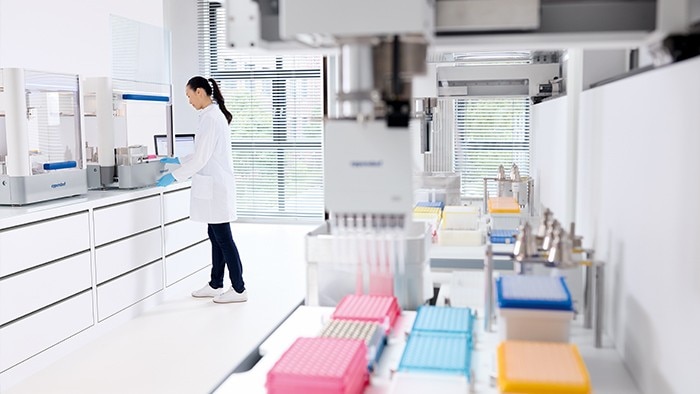
What about liquids in the mL-range?
Looking for larger pipette volumes? In addition to Eppendorf micropipettes, we also offer:
- Multi-dispensers (Multipette) for (serial) dispensing of up to 50 mL.
- Mechanical and electronic pipette controllers (Pipet Helper® , Easypet® 3) for precise dispensing with serological pipettes (Eppendorf Serological Pipets) .
- Bottle-top dispensers (Varispenser® 2(x)) and burets (Top Buret®) with a variety of adapters and accessories complete the portfolio in the mL range.
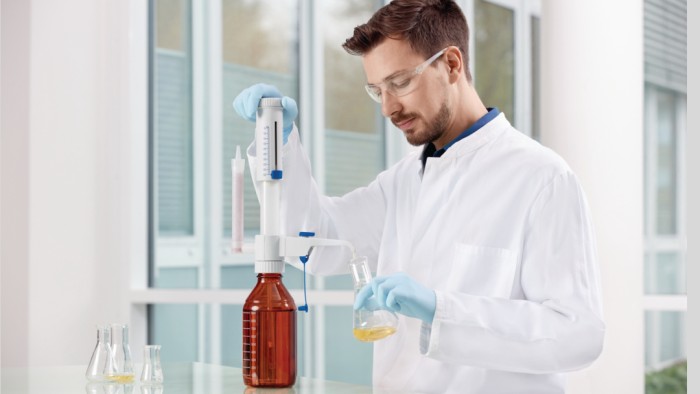
How much does a pipette cost?
When considering buying a micropipette or any other liquid handling instrument, price is an essential consideration. That’s why affordability is a key factor in the design and manufacture of our liquid handling equipment, ensuring cost-effectiveness without ever compromising on performance. For further micropipette price information, visit individual product pages.
Read more


















